Ostia Antica is an ancient city located approximately 30 kilometers west of Italy's capital city, Rome. This city, whose history dates back to the 4th century BC, served as an important port city during the Roman Empire. Located by the sea, Ostia Antica is strategically positioned for Rome's maritime trade and military power.
As one of the most important ports of the Roman Empire, Ostia Antica established commercial relations with other port cities in the Mediterranean. It was also an important base for the military power of the Roman Empire. The ancient structures in the city reflect the rich cultural heritage of the Roman Empire.
Today, Ostia Antica is an important tourist destination that attracts visitors with its ancient structures, museums, and archaeological sites. Due to its rich historical and cultural past, Ostia Antica is one of Italy's most important tourist destinations.
History and Features of the Ancient City of Ostia
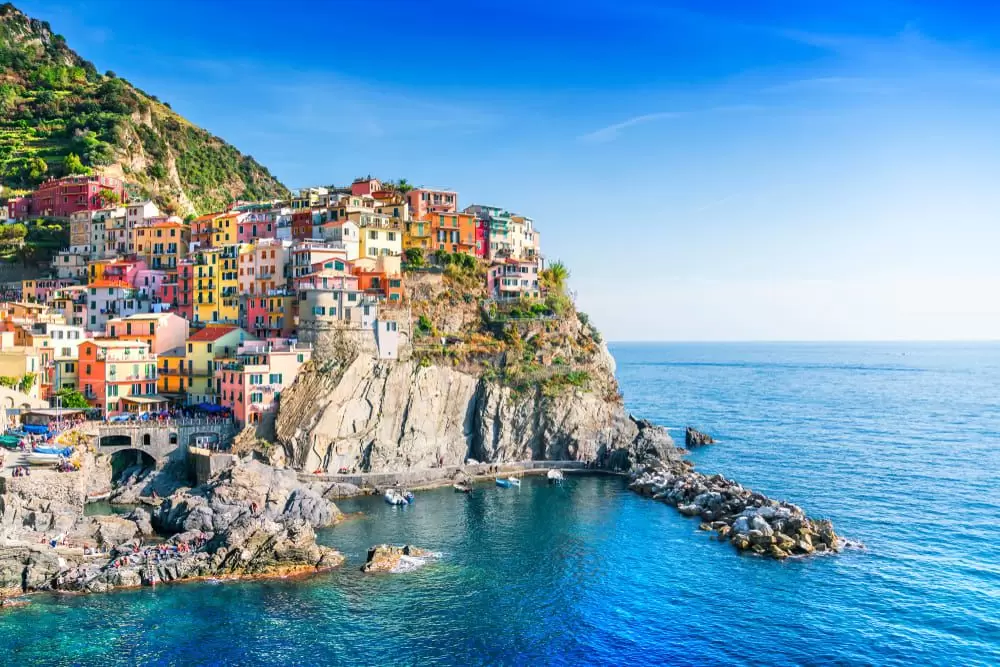
Ostia Antica is an ancient city located approximately 30 km west of Rome, Italy. This city, which dates back to the 4th century BC, served as an important port city during the Roman Empire.
As one of the most important ports of the Roman Empire, Ostia Antica was at the center of Mediterranean trade. The city was adorned with many buildings and monuments as a sign of the wealth of the Roman Empire. Among the structures in the city were theaters, baths, temples, villas, and forums.
With the decline of the Roman Empire, Ostia Antica lost its importance and was eventually abandoned. However, many buildings and monuments in the city were uncovered as a result of excavations carried out in the 19th century. Thanks to these excavations, more information has been obtained about the history and characteristics of Ostia Antica.
One of the most important features of Ostia Antica is its rich architecture. The buildings in the city reflect the architectural style of the Roman Empire. In addition, the theaters and baths in the city provide important clues about the cultural and social life of the Roman Empire.
Today, Ostia Antica is an important tourist destination that attracts the attention of tourists. The buildings and monuments in the city offer visitors the opportunity to discover the rich history and culture of the Roman Empire. In addition, the artifacts in the museums in the city play an important role in preserving the historical and cultural heritage of Ostia Antica.
In conclusion, Ostia Antica has gone down in history as an important port city of the Roman Empire. With its rich architecture and important clues about cultural life, it is an important tourist destination for those who want to explore the rich history and culture of the Roman Empire.
Tourist Attractions of the Ancient City of Ostia on the Seashore
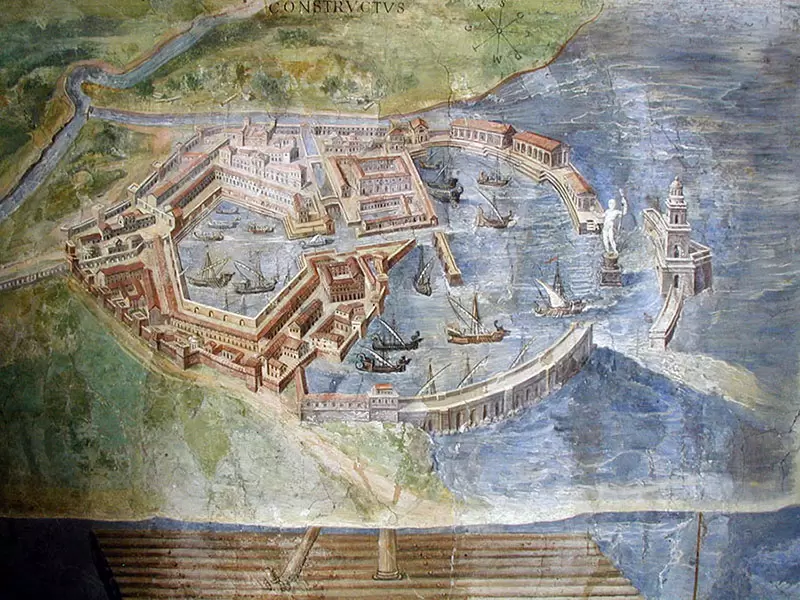
The ancient city of Ostia, located southwest of Rome, the capital of Italy, is a historic settlement by the sea. Ostia, an important port city during the Roman Empire, now hosts many historical structures that attract tourists.
The most important tourist attraction in Ostia is the Ostia Antica Archaeological Museum, which displays relics from the ancient Roman period. The museum exhibits sculptures, mosaics, ceramics, and other artifacts from the ancient Roman era. Additionally, the ancient theater located in the museum's garden is another popular spot for tourists.
Other tourist attractions in Ostia include ancient Roman theaters, baths, temples, and forums. The most important of these is the Ostia Antica Theater, which was built during the ancient Roman period and has survived to this day. The theater has a capacity of approximately 4,000 people and was used for theater performances, gladiator fights, and other events during the ancient Roman era.
The beaches located on the seaside of Ostia are also popular tourist spots. The beaches provide an ideal environment for tourists to swim and sunbathe during the summer months. Additionally, the restaurants and cafes located near the beaches provide a suitable environment for tourists to relax and eat.
In conclusion, Ostia is an important tourist destination with its historical structures and beaches by the sea. The museum displaying relics from the ancient Roman period, ancient theaters, baths, temples, and forums are among the places that tourists should visit. Additionally, the beaches and restaurants by the sea provide an ideal environment for tourists to relax and have fun.
The Role of the Ancient City of Ostia in the Roman Empire
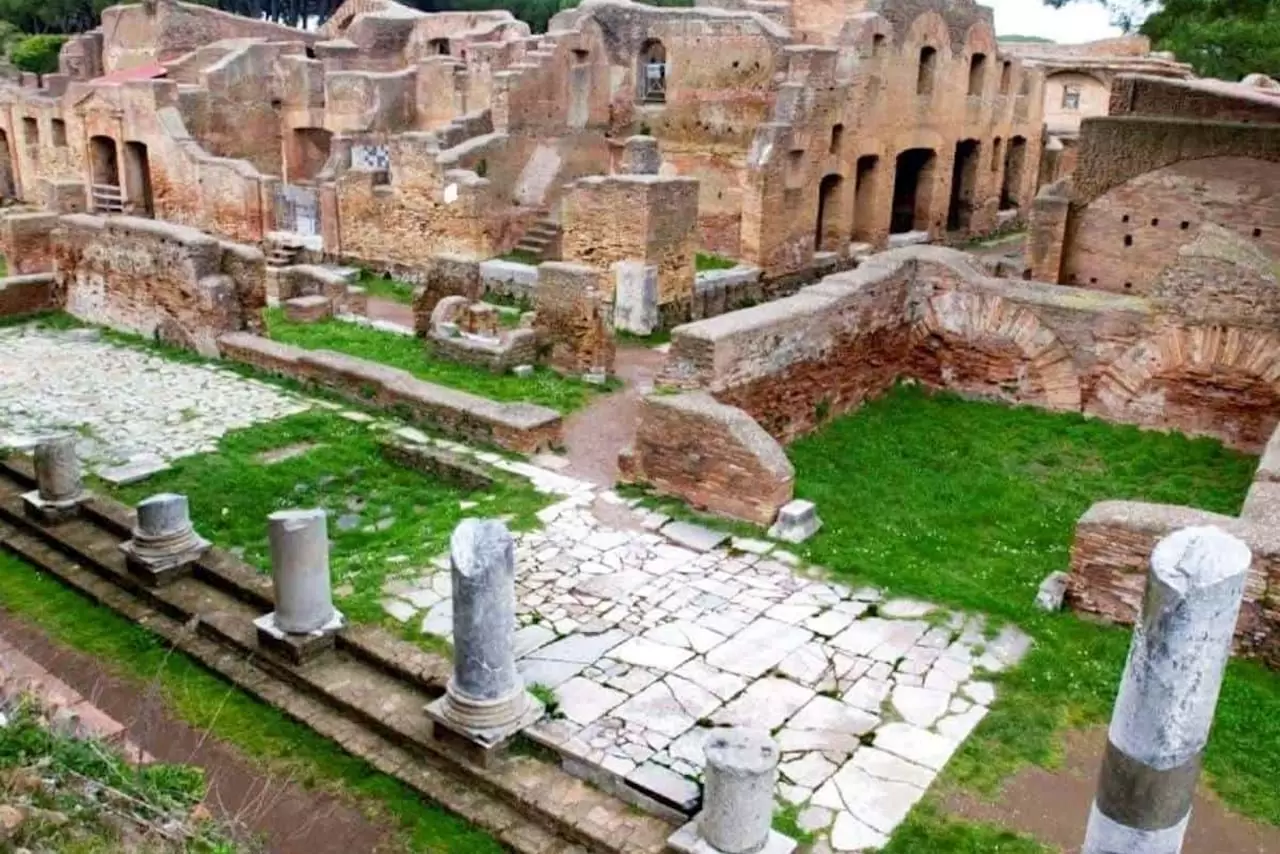
Ostia Ancient City was one of the most important port cities of the Roman Empire. During the rise of the Roman Empire, Ostia was the most important port city that provided sea connection to Rome. The city was located at the mouth of the Tiber River and was the center of trade for the Roman Empire in the Mediterranean.
Ostia Ancient City was an important center for military, commercial, and cultural aspects of the Roman Empire. The city was the main port for trade with Africa, Spain, France, and other Mediterranean countries. It also played an important role as part of the military power of the Roman Empire. The city was the starting point for military expeditions made by sea.
Ostia Ancient City was also an important cultural center of the Roman Empire. The city hosted many of the most important works of art of the Roman Empire. In addition, there were many structures in the city for theaters, amphitheaters, and other cultural events.
Ostia Ancient City also played an important role during the decline of the Roman Empire. The city was used for defense against barbarian invasions during the collapse of the Roman Empire. The structures in the city were rebuilt for defense purposes.
Today, Ostia Ancient City is one of the most important historical legacies of the Roman Empire. The city hosts many historical structures that attract tourists. In addition, archaeological excavations in the city shed light on the history of the Roman Empire. As an important port city of the Roman Empire, Ostia Ancient City has taken its place in world history during one of the most important periods.
The Architectural Structure and Restoration Works of the Ancient City of Ostia
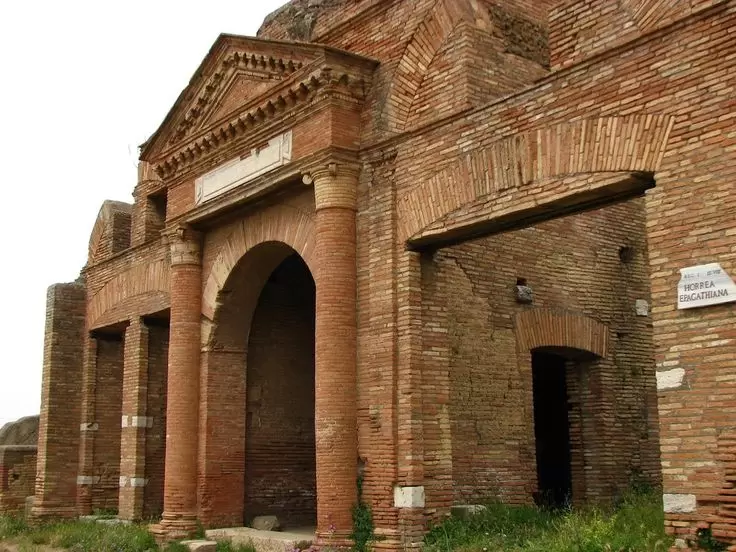
The ancient city of Ostia was an important port city during the Roman Empire. The city was founded in the 4th century BC and was used until the 9th century AD. The architectural structure of the city reflects the architectural style of the Roman Empire.
The architectural structure of the ancient city of Ostia reflects the architectural style of the Roman Empire. The structures in the city carry the most important features of Roman architecture, including theaters, baths, temples, villas, and forums. The structures in the city reflect the architectural style of the Roman Empire.
Over time, the ancient city of Ostia has suffered damage due to various natural disasters and human impact. Many of the structures in the city have been destroyed or damaged. However, in recent years, restoration work has revived the structures in the city.
Restoration work is important for preserving the architectural structure of the ancient city of Ostia and passing it on to future generations. Restoration work is carried out to preserve the historical texture of the city and to create an important potential for tourism.
The restoration work of the ancient city of Ostia is carried out by expert teams. During restoration work, great care is taken to preserve the historical texture of the city. Restoration work is carried out to revive the architectural structure of the city.
In conclusion, the architectural structure of the ancient city of Ostia reflects the architectural style of the Roman Empire. The structures in the city carry the most important features of Roman architecture, including theaters, baths, temples, villas, and forums. Restoration work is important for preserving the historical texture of the city and passing it on to future generations.
Archaeological Discoveries and Finds of the Ancient City of Ostia
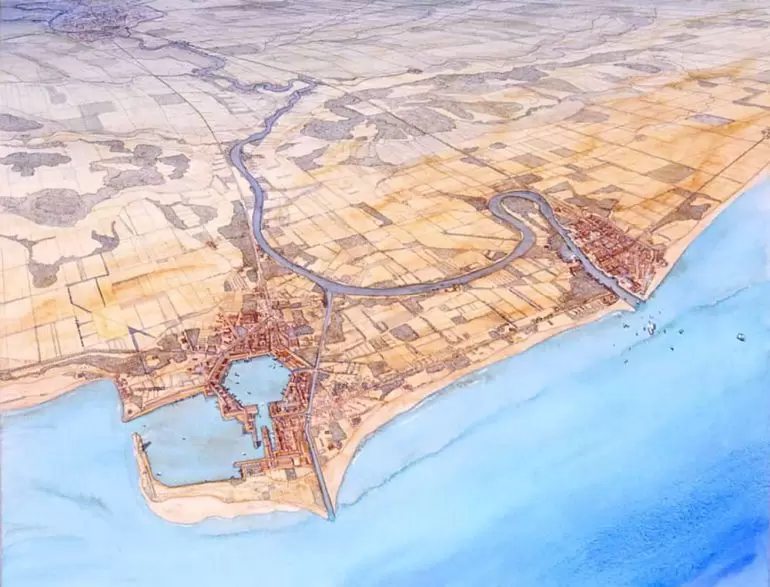
The ancient city of Ostia served as an important port city during the Roman Empire. Located in the Lazio region of Italy, this ancient city is now a rich area for archaeological discoveries and findings.
The discovery of Ostia Antica began in the late 19th century. The first excavations were carried out by Italian archaeologist Giuseppe Gatti in 1909. Gatti's work led to important findings in many areas of the ancient city.
One of the most important structures of the ancient city is its theater. The theater has a capacity of approximately 4,000 people and was used as an important cultural center during the Roman Empire. Additionally, many temples, baths, forums, and villas can be found in the ancient city.
Many sculptures, mosaics, and frescoes have also been found in the excavations of Ostia Antica. These works demonstrate the artistic and cultural richness of the ancient city. Additionally, many findings related to the commercial life of the ancient city have been uncovered, including commercial materials, amphorae, and coins.
The discovery of Ostia Antica has provided important information about ancient Roman history. Much information has been obtained about the city's importance as a port city, its commercial life, and its cultural life. Additionally, the city's architectural structure and artistic richness have been studied by researchers.
In conclusion, the archaeological discoveries and findings of Ostia Antica provide important information about ancient Roman history. Much information has been obtained about the city's importance as a port city, its commercial life, and its cultural life. Additionally, the city's architectural structure and artistic richness have been studied by researchers.

Comments